Is Slow Boot-Up Time Harming Your Bottom Line?
Kordel Eberly

If you’ve ever sat down in front of your computer, turned it on, and waited… and waited… and waited, you’ve been the victim of slow boot time.
What is Boot Time?
Boot time is the time it takes your computer or its operating system software to restart. It’s the number of seconds (or minutes) your Windows computer takes until a "Login" prompt appears or until you can actually begin using your computer (i.e., load your first web page or document).
There are two types of boot ups: Cold booting
, which is restarting after the power to your computer has been completely turned off and warm booting
, which is restarting your operating system – not your entire computer.
While boot time alone may not waste a lot of time, it is a powerful indicator of what the rest of an employees work day will look like. Up and running quickly? Chances are good that the user is in for a productive, focused work day. Painfully slow and requires multiple trips to the water cooler before it’s ready to use? Expect that user to spend regular time sitting and waiting for their computer to catch up with them throughout the day.
The History of Boot Time
Back in the 90’s when commercial computers were first introduced, people were much more patient with boot up times and slow computers in general. Honestly, many were just excited to have a computer. It was not uncommon to wait 5 or more minutes as your computer ran through a series of self-tests, loading screens, and a few error prompts before you could actually begin to use it.
How Can Slow Boot-Up Time Affect Your Bottom Line?
Slow computers drain the efficiency of your business. Today’s employees have more work to fit into a workday than ever before, and today’s customers and colleagues have come to expect immediate responses, which is why time is often more valuable than money in business today.
If your computer has a slow boot-up time, its overall performance is probably more sluggish. It may take more time to open documents, launch programs, install updates, and perform a variety of other functions. And it’s incredible how even a few seconds can make a difference over a few days, weeks, months, and years.
For example, if over the course of a day, your employees are spending 10 minutes a day (which is all too common) waiting for a computer to boot up, open documents, load web pages, copy files, etc., that means that over the course of a year (250 work days), they’re losing 41.6 hours. That’s an entire workweek!
How to Fix Slow Boot Times and Related Problems
One of the best ways to speed up your computer’s boot-up time – and everything else on your computer - is to switch from an HDD (Hard Disk Drive) to an SSD (Solid State Drive). An SSD, which was introduced in the early 2000s, uses NAND flash memory, which means it has no moving parts. Whereas, an HDD uses an actuator arm that moves across a spinning magnetic platter to read and write data.
Here’s how their speed compares:
- A modern, SSD (Solid State Drive) based Windows 10 computer typically boots up in less than 20 seconds.
- A modern, HDD (Hard Disk Drive) based Windows 10 computer can take 60 seconds or more to boot up.
- Older Windows 7 or 8 computers with HDD's rarely boot in less than 60 seconds - expect 90 seconds to 3 minutes before use.
- If you wait longer than 3 minutes before you can use a computer, chances are good that the hardware is in the process of failing, and data loss is imminent.
There’s very little that can have as much impact on your computer’s speed as an SSD, but here are some tips that may help speed up your computer’s boot up time:
1. Keep your computer free of unnecessary software (games, utilities, and freeware ... adware software is especially problematic).
2. Change your computer’s power plan from "Power Saver" to "High Performance" or "Balanced"
Slow Computers? Get Help!
Computers are meant to be an asset to your business – tools that help your employees do their jobs more efficiently. Don’t let slow computers slow down the growth of your business. Give Eberly Systems a call at (610) 374-4049
or contact us online
.
We offer a variety of IT managed services plans
to meet all of your computer needs including computer setup and repair, software setup and support, networking and internet, servers and file storage, email and cloud services, and phone systems too!












